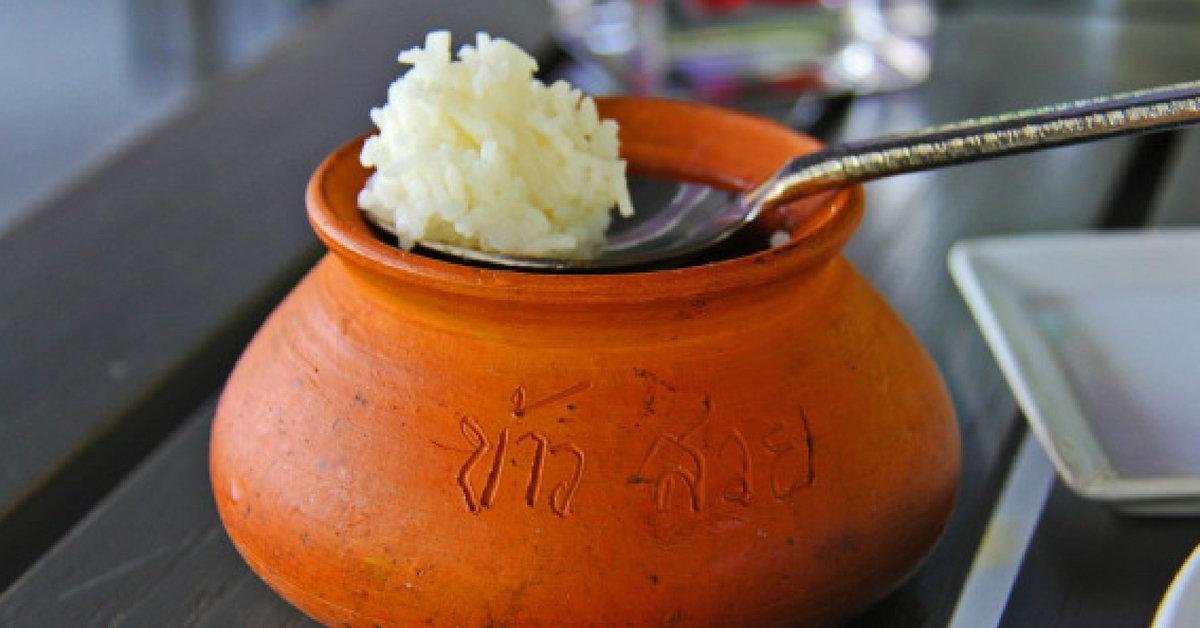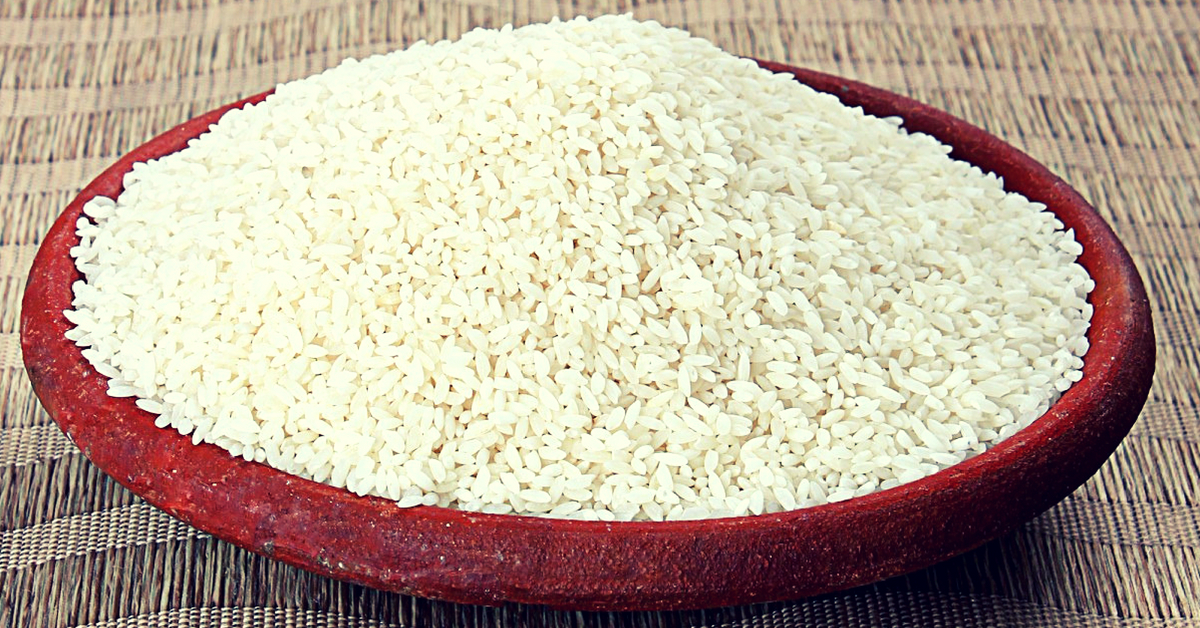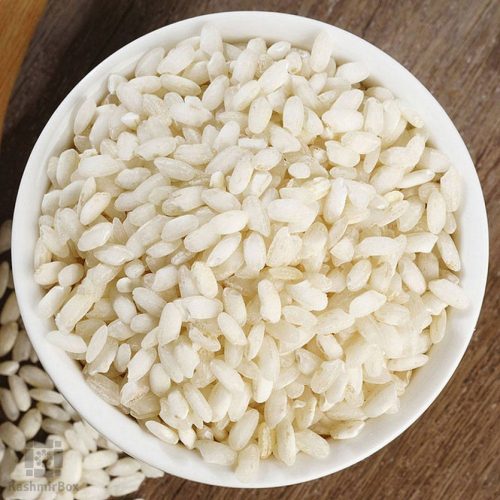Beyond Basmati: 7 Scented Varieties of Traditional Rice You Need to Try Now!
Look beyond the Basmati on the shelves of your supermarket and give indigenous aromatic varieties a chance — your taste buds are sure to thank you for bringing something new to the table!

Are you a person who loves romancing the rice? Then you must be a fan of the mouthwateringly fragrant dishes made from Basmati rice and jasmine rice!
However, considering India is a treasure trove of scented rice from every region, eating these two is just scratching the surface of the country’s indigenous rice bowl.

Here are seven traditional varieties of aromatic rice that will add some complexity to your cooking. And yes, even though they might take a bit of work to find, your taste buds are sure to thank you for bringing something new to the table!
1. Ambemohar
A short grain rice grown in Maharashtra, Ambemohar rice is popular for its quick-cooking characteristic and its beautiful aroma that is reminiscent of mango blossoms. Awarded a GI tag, Mulshi Ambemohar rice is especially famous in the state as an age-old traditional rice that was highly favoured by the Peshwa rulers.
2. Mullan Kazhama
A rice with a rather unconventional taste and aroma, Mullan Kazhama is a fragrant rice from Wayanad that is delicious in pal payasam and Malabar biriyani. A variety whose faint but distinct fragrance permeates even the field, it’s now cultivated by only a handful of organic paddy farmers in the lush terrain of Kerala’s Wayanad district.
3. Gobindo Bhog

A small-grained fragrant rice from West Bengal only last year, Gobindo Bhog is categorised as a khaas dhan (special grain) and is the chosen offering for Lord Krishna on Janmashthami, thus its unique name. It tastes absolutely delectable when prepared as payesh (the Bengali version of rice kheer), and is widely used for auspicious offerings, pujas and festivals.
4. Seeraga Samba
A slender rice with a sublime scent, Seeraga Samba is a much-loved rice in Tamil Nadu and is extensively used to make elaborate pulav during special occasions. In fact, this prized ingredient is also the common thread between the state’s two most iconic biryanis — Dindigul biryani and Ambur biryani. Interestingly, this rice fetches a higher price than all other varieties of paddy grown in Tamil Nadu!
You May Like: Meet the Lady Who Has Revived 25 Forgotten Varieties of Rice; Try Some Today!
5. Mushk Budji

A short-grain rice with a resplendent aroma, Mushk Budji is grown in the Kashmir valley and was once a must-have on the marriage menus in the state. However, years of obscurity and diminishing returns have pushed it to near extinction. The good news is that the state’s agriculture department has started dedicated efforts to encourage local cultivation of the unique rice and its re-entry into commercial space.
6. Radhuni Pagol
A fragrant rice whose name literally translates to ‘making the cook go mad’, Radhuni Pagol is a culinary favourite in West Bengal but is little-known outside the state. Light on the stomach, this rice is the perfect companion for decadent gravies such as chingri malai curry and kosha mangsho. Interestingly, radhuni is also the Bengali name of wild celery, a spice unique to the state’s signature cuisine.
7. Chak Hao Amubi

A fragrant variety of sticky black rice grown in the hills of Manipur, Chak Hao Amubi is packed with heart-healthy anthocyanins and has a slightly sweet, nutty flavour that is exemplified in the Manipuri black rice kheer. And what a kheer this is. As the milk boils and the kheer turns a beautiful shade of purple, a gentle aroma floats inside the house. Little wonder its a staple delicacy at local feasts and festivities!
(Edited By Vinayak Hegde)
Also Read: Back to the Future — These 13 Ancient Grains of the World May Hold the Key to Food Security
Like this story? Or have something to share? Write to us: [email protected], or connect with us on Facebook and Twitter.
NEW: Click here to get positive news on WhatsApp!
This story made me
- 97
- 121
- 89
- 167
Tell Us More
We bring stories straight from the heart of India, to inspire millions and create a wave of impact. Our positive movement is growing bigger everyday, and we would love for you to join it.
Please contribute whatever you can, every little penny helps our team in bringing you more stories that support dreams and spread hope.



















